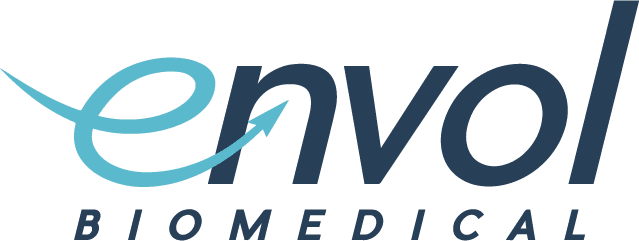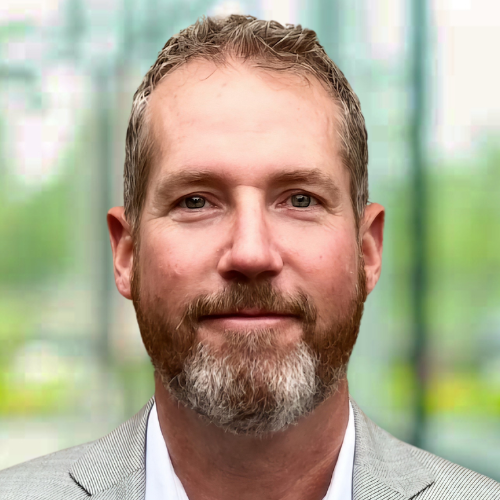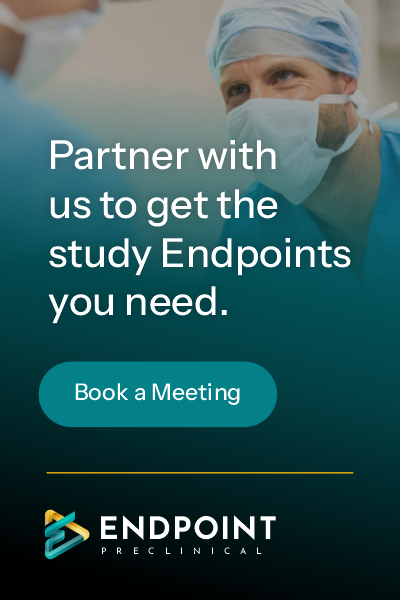Precision Under Pressure: How Targeted Expertise Helped Rescue a CSF Sampling Model
Precision Under Pressure: How Targeted Expertise Helped Rescue a CSF Sampling Model
Envol Biomedical, established in 2019, is a growing preclinical contract research organization with a mission to be the leading non-human primate research facility in the country. In early 2025, a study sponsor engaged Envol to execute an NHP cerebrospinal fluid (CSF) collection model, requiring frequent, high-volume sampling. The protocol called for a surgically implanted catheter system that could support multiple CSF draws per day over an extended period.
While Envol’s team brought strong clinical expertise and a solid surgical plan, catheter patency declined following initial implantations. With functional success hovering around 30–40%, it became clear that targeted refinements would be necessary to move the study forward.
Focused on delivering excellence to their client and keeping the study timeline intact, Envol turned to Endpoint Preclinical for support. The goal: to bring in an experienced specialist to collaborate on troubleshooting and refinement, augmenting team structure and maintaining internal workflows.
Engaging Endpoint Preclinical
Endpoint Preclinical specializes in deploying senior scientific and surgical experts to support complex, study-critical work—ranging from model refinement and surgical execution to long-term consulting, training, data interpretation, troubleshooting, and more.
For this engagement, Endpoint mobilized Eric Adams, a consultant with over 25 years of experience in neurosurgical models, including long-term catheterization and intrathecal dosing. A recognized field leader in large-animal neurosurgery, Eric is a long-standing member of the Academy of Surgical Research and is widely regarded for his work in model development, protocol troubleshooting, and execution under challenging study conditions.
Before arriving on-site, Eric reviewed imaging data and procedural summaries provided by Envol. He noted early indicators of potential issues, such as thoracic-level catheter placements and port positioning that might induce mechanical stress during healing.
“From a similar experience with the same implant technique and device, I knew the shortcomings of the system when used in this application,” Eric recalled. “And after reviewing the images, it was clear there were challenges with catheter placement and misalignment of the port and catheter that occurred during normal healing.”
Technical Collaboration On-Site
Once on-site, Eric collaborated directly with Envol’s surgical and technical teams. The shared objective was to recover as many animals as possible while simultaneously improving the implantation method for upcoming cohorts.
Working together, they introduced several key refinements:
- Repositioning catheter tips to the lumbar cistern, which offered more reliable draw performance.
- Implementing a hemilaminectomy burr-hole approach, allowing for a more simplified and precise approach with reduced risk to surrounding tissue, vasculature, and dorsal nerve roots.
- Revising port anchoring, reducing tissue tension to align the port/catheter system and limiting the probability of distorting or obstructing the catheter during the healing process.
Throughout the procedures, decision-making was shared and iterative. Eric emphasized the quality of the interaction: “Everyone was engaged and committed to getting this right. Having the sponsor there to help align success with their study goals was instrumental in the process.”
The procedural refinements yielded immediate improvements. In addition to recovering many of the previously implanted animals, the newly placed catheters achieved the desired draw frequency and volumes.
“It worked,” said Jake McDonald, Envol CEO. “We were able to significantly improve outcomes and address the challenges we were experiencing, creating a very high success rate. The outcome was a happy client, which was critical for us to continue this program and expand into others.”
Sustained Impact
The collaboration was not about outsourcing or handing off responsibility: it was about precision troubleshooting and augmenting an established and capable team. That spirit of partnership shaped the project’s success.
As Eric noted, “We were fine-tuning things in surgery, bouncing ideas off each other. That kind of collaboration makes a big difference when you’re under pressure to resolve issues quickly.”
The model refined through this process has since been incorporated into Envol’s SOPs, and elements of it have informed other ongoing programs. Additional collaboration has already taken place in other therapeutic areas.
“Endpoint had somebody like Eric who’s done it thousands of times. You can’t replace experience like that,” Jake reflected. “It helped us lower the activation energy and move the project forward.”
Importantly, this project validated Endpoint’s business model and value proposition to our customers: fast, senior-level expertise embedded directly into your workflow.
“You don’t always need a full-time hire—sometimes you just need the right expert at the right time,” said Endpoint CEO, Cole McLarty. “This was the exact service we built the company to provide.”
As for future work?
“I’d tell others considering Endpoint to use their services: just don’t book them when we need them!” Jake McDonald joked.
The remark, delivered with a smile, captured both the satisfaction and the stakes of getting high-impact support exactly when it’s needed. The sentiment also speaks to a broader industry challenge: accessing deep expertise at the right moment. While many groups can work through issues independently, timelines and complexity often demand faster resolution. For those scenarios, Endpoint Preclinical’s service model offers a way to embed senior-level knowledge directly into the lab—quickly, tactfully, and without disruption.
About Eric Adams
Eric Adams is a preclinical surgical consultant with more than 25 years of experience supporting neurosurgical research in numerous relevant species. His expertise includes spinal catheterization, intrathecal, intracerebroventricular, and intraparenchymal drug delivery (including MRI-guided), neurotechnology testing, and long-term sampling models. He is a long-standing member of the Academy of Surgical Research and is widely recognized for his contributions to model design, training, and surgical troubleshooting across a range of therapeutic areas.
About Envol Biomedical
Envol Biomedical is a translational research organization that conducts sponsor-driven studies in large-animal models. Their work includes central nervous system, cardiovascular, and ocular research programs, integrating clinical experience into nonclinical execution. Envol’s internal surgical team and facilities are supported by selective collaboration when specialized expertise is required.




